How to get free plants: 10 ways to increase your plant collection
Follow our tips on how to get free plants for your garden and you'll soon be filling your flower beds fast

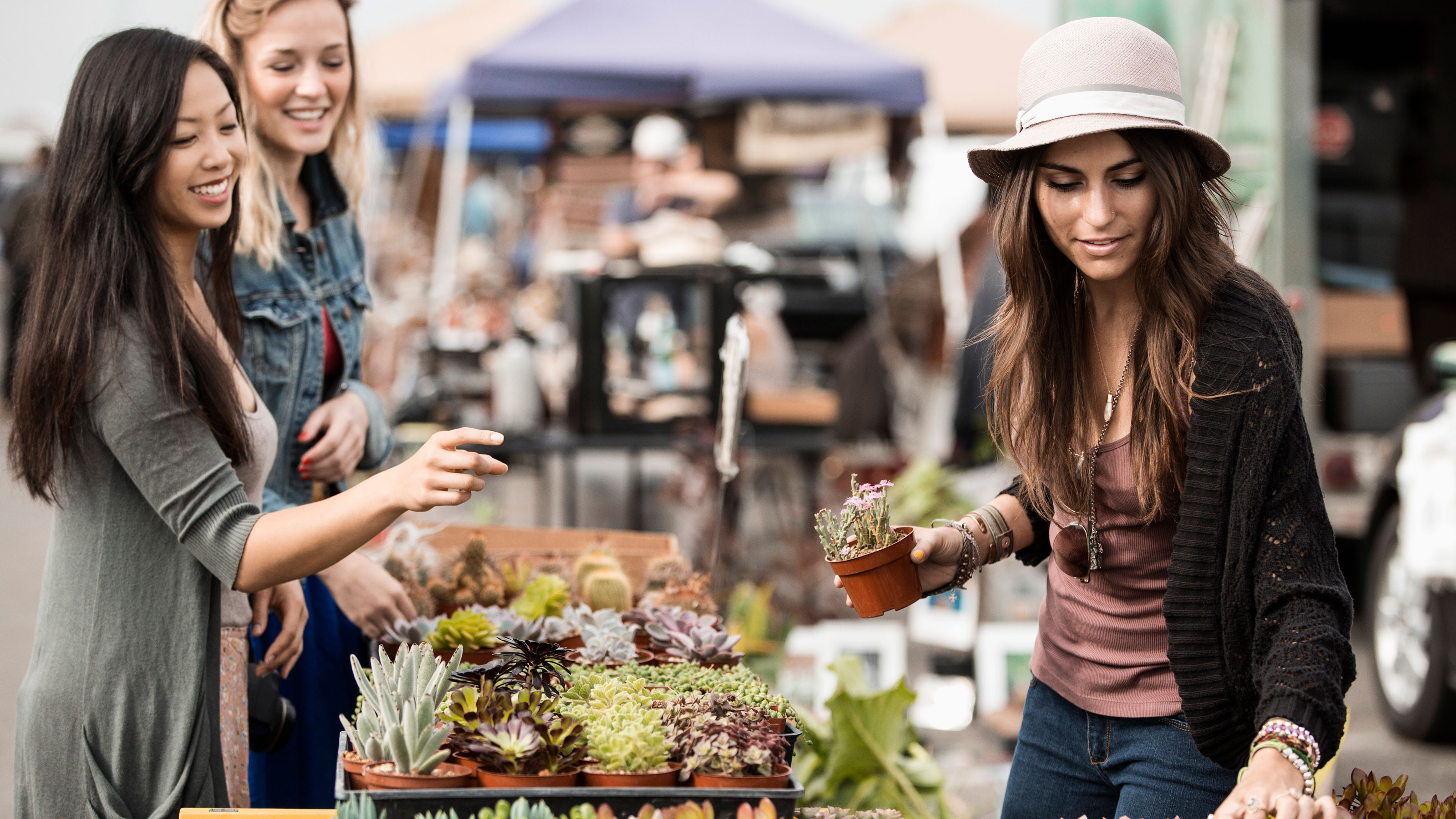
Gardening can be an expensive business but you'll be surprised by how many ways there are to get free plants. If you don't want to splash out on your garden follow our simple suggestions to get more free plants growing in your outdoor space.
Some of the easiest suggestions of all include dividing clumps of perennial plants to get more of the same and choosing self-seeding plants which happily cast their seeds around so you get lots of extra ones the following year. These are two cheap garden ideas that work every time when it comes to getting more free plants.
Taking cuttings is a habit worth cultivating too, as is saving your own seeds. But if you're a beginner there are other ways to get started or increase your stock for free that you probably haven't thought of so you can give your outdoor space a fresh new look without having to splash the cash.

10 easy ways to get free plants
Choose the best budget plants and you'll soon find that money can easily be saved rather than spending on expensive blooms that often aren't as good as your home grown ones anyway.
Here are 10 genius ways to get more free plants that are all very do-able so make them part of your gardening routine now.
1. Divide existing perennial plants
Those big clumps of perennial plants in your garden? They're just calling out to be divided to double up your plants for next year. It's such an easy way to increase your stock and fill gaps in your garden borders fast.
All you need is a couple of forks to turn one plant into two, three or more. Simply push the forks into the soil back to back a few inches apart and prise the clump open. Then you simply divide these into smaller sections that you can replant elsewhere in the garden.
You can divide most perennial plants at any time of year, but you'll have most success with summer flowering plants if you do it in spring, while spring flowering plants are best divided in summer.
If you don't have any perennials in your own garden, ask friends or family if you can have a look around their gardens to see what you can dig up. You're doing them a favour anyway as dividing perennials regularly will encourage more vigorous plants. It's an easy way to increase your plant collection and these new plants will soon be as big as the original ones.
If you are interested in finding out how to make a herb garden, remember that herbs do particularly well when propagated by division, especially chives, lemon balm, oregano, thyme, tarragon and marjoram. Mint spreads like wild fire so be sure to plant any divisions in pots in the ground to keep them contained.
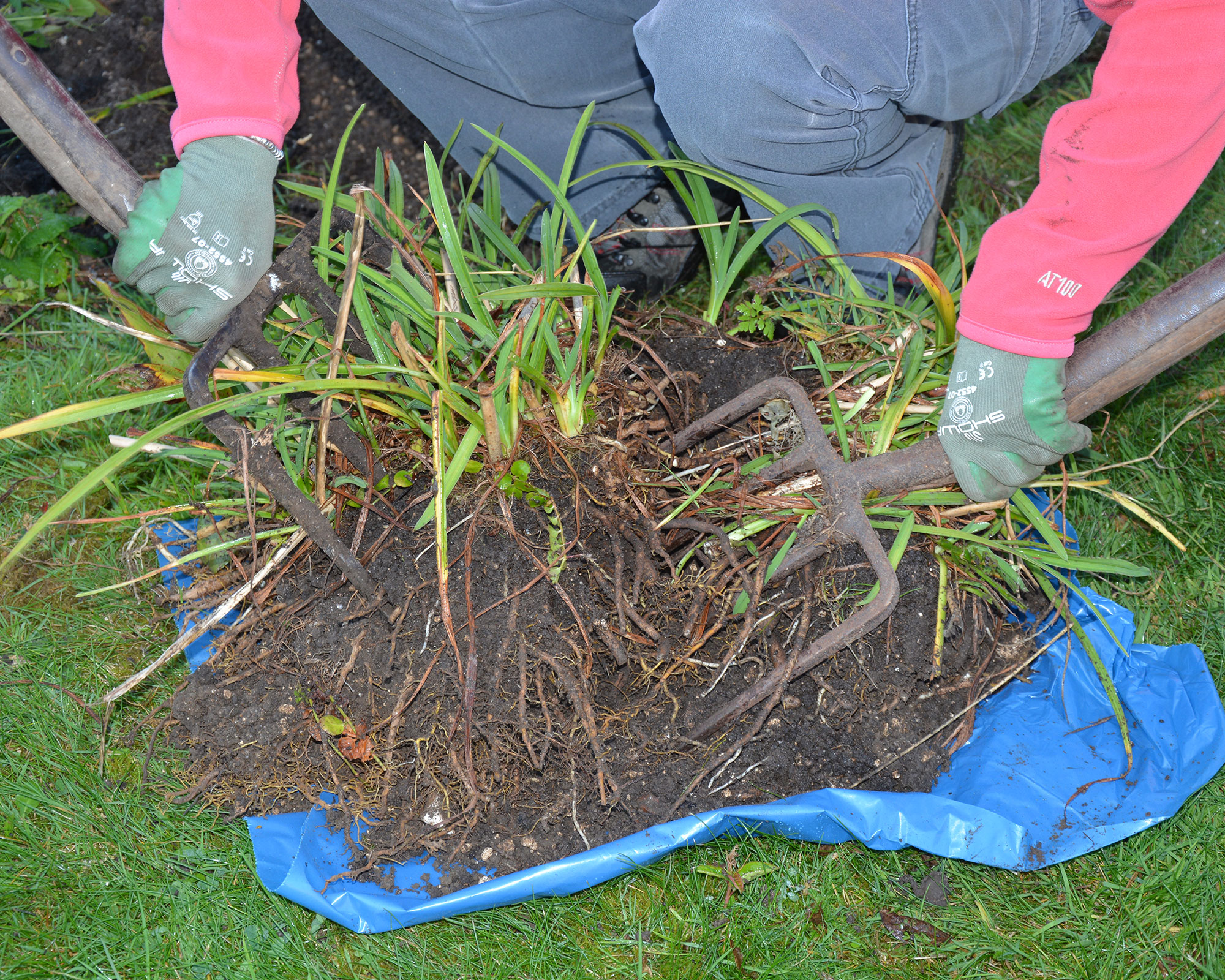
2. Propagate by taking cuttings
Turn one plant into ten by learning how to take cuttings from plants as it's one of the most obvious and popular ways to increase your stock of plants.
When taking cuttings make sure the parent plant is healthy, and large enough that removing one or more cuttings will not be detrimental to either its look or growth. You can propagate them through layering, rooting, dividing, or simply transplanting the plant directly into soil.
Softwood cuttings are ideal for many tender plants like pelargoniums, petunias and verbena. You can also take softwood cuttings from shrubs including lavender, rosemary, forsythia, fuchsias, hydrangeas, lavatera and buddleja. Softwood cuttings need more attention than hardwood but are quicker to root and start growing. There are tips on how to take lavender cuttings in our dedicated guide.
Hardwood cuttings work well for most deciduous shrubs and roses, as well as climbers like honeysuckle.
And if it's more indoor plants you're after, find out about propagating succulents to grow your collection fast.
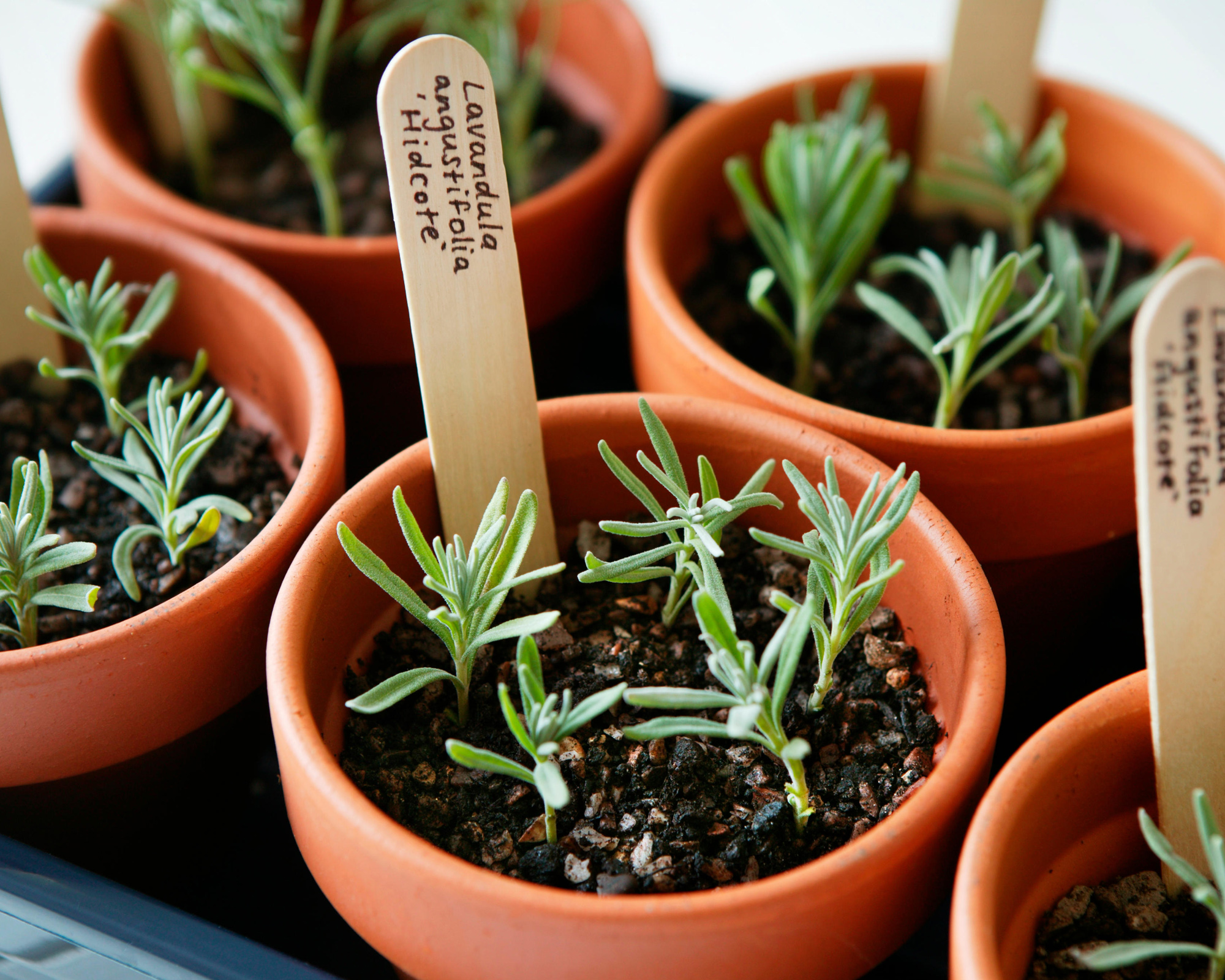
3. Find cut-price plants
Check out the reduced section of your local garden center or nursery as they often have racks of plants that are looking a little jaded, particularly at the end of the season. Some retailers even throw out plants that no longer look their best.
These will soon perk up under your care with some TLC. Perennials that are looking leggy can be cut back hard with your best secateurs and most plants pick up instantly as soon as any faded flowers have been snipped off and they've been watered.
Sunday morning car boot sales, yard or garage sales, flea markets, church fetes and open garden events are also cheap ways to acquire new plants for your budget backyard ideas, especially if you arrive at the end when they're packing up. You can pick up vegetable plants and perennials at bargain prices. Buying locally means that you're likely to be purchasing plants which will thrive in the same soil as your own plot too.

4. Save your own seeds
Collecting and saving seeds from your own garden is the easiest way to get free plants. Find out how to grow flowers from seed and you'll soon have your own cutting garden so you can fill your house with beautiful flowers for less. It's so much
more rewarding growing plants from your own seeds too.
Starting plants from your own seeds means they are healthy and strong right from the start. If you're looking for small vegetable garden ideas start with tomatoes, peppers, beans and peas, which are all good choices for seed saving.
Don't forget that choosing self-seeding plants is another way to fill your garden with a free supply. Once grown or sown they come back year after year. Try plants like honey wort (Cerinthe major) and Verbena bonariensis, which both grow easily wherever their seed falls.
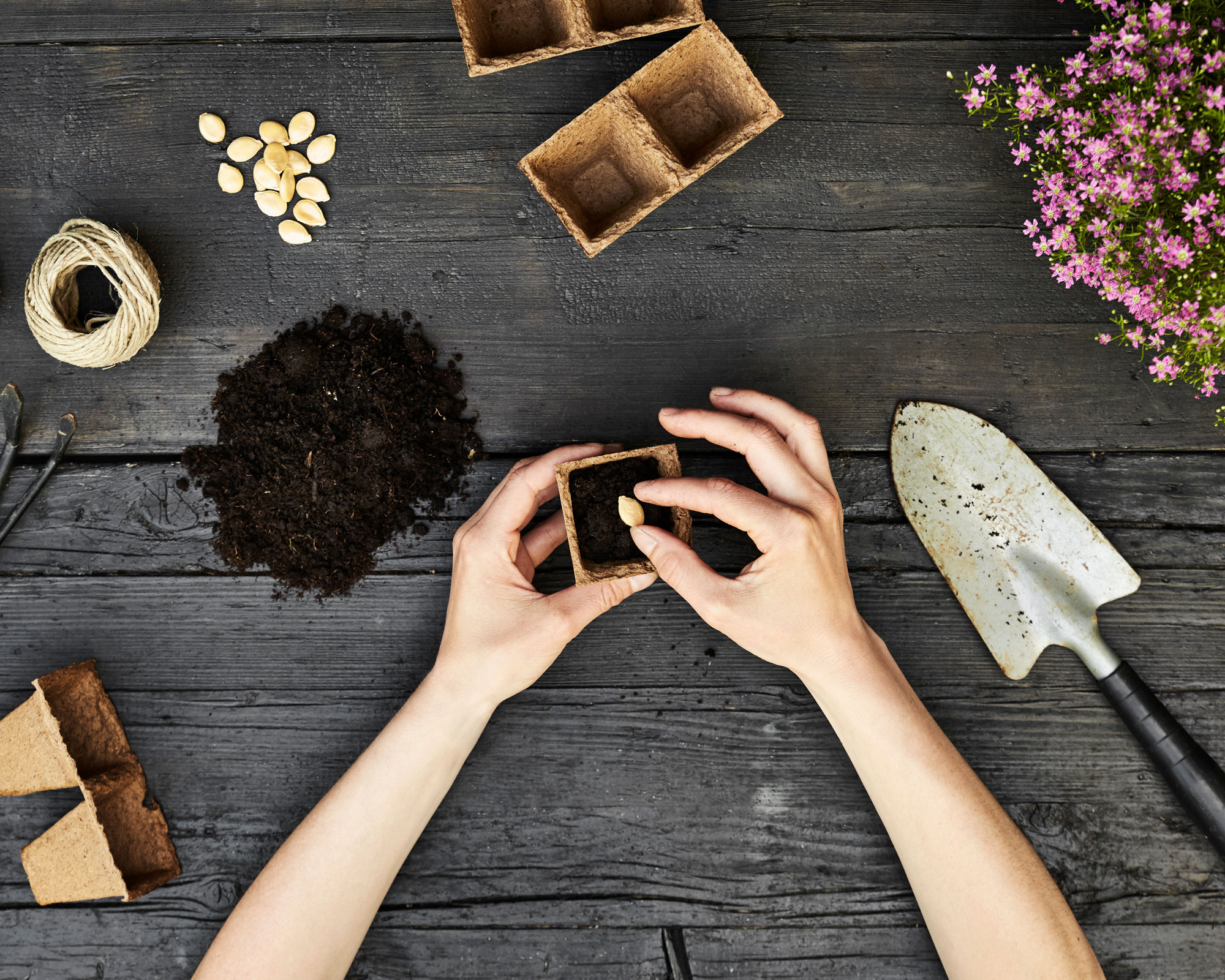
5. Join a seed exchange
Exchanging seeds with others is another great way to get free plants for your flower bed ideas. Whether you have seeds of your own to trade or there are specific varieties of seeds you're looking for a seed exchange could be the answer. You can swap your own seeds for those you don't have but really want and it's all free.
There may even be a seed exchange group in your area. Check with local gardening societies or do a general online search to find one near you that someone may have already set up.
There are also organizations that have been set up specifically to focus on saving and exchanging particular seed varieties. They usually have a pretty extension collection and are knowledgeable too if you're a beginner and need advice.
If there's a local public garden or arboretum you admire, look into joining their seed exchange list if there is one.
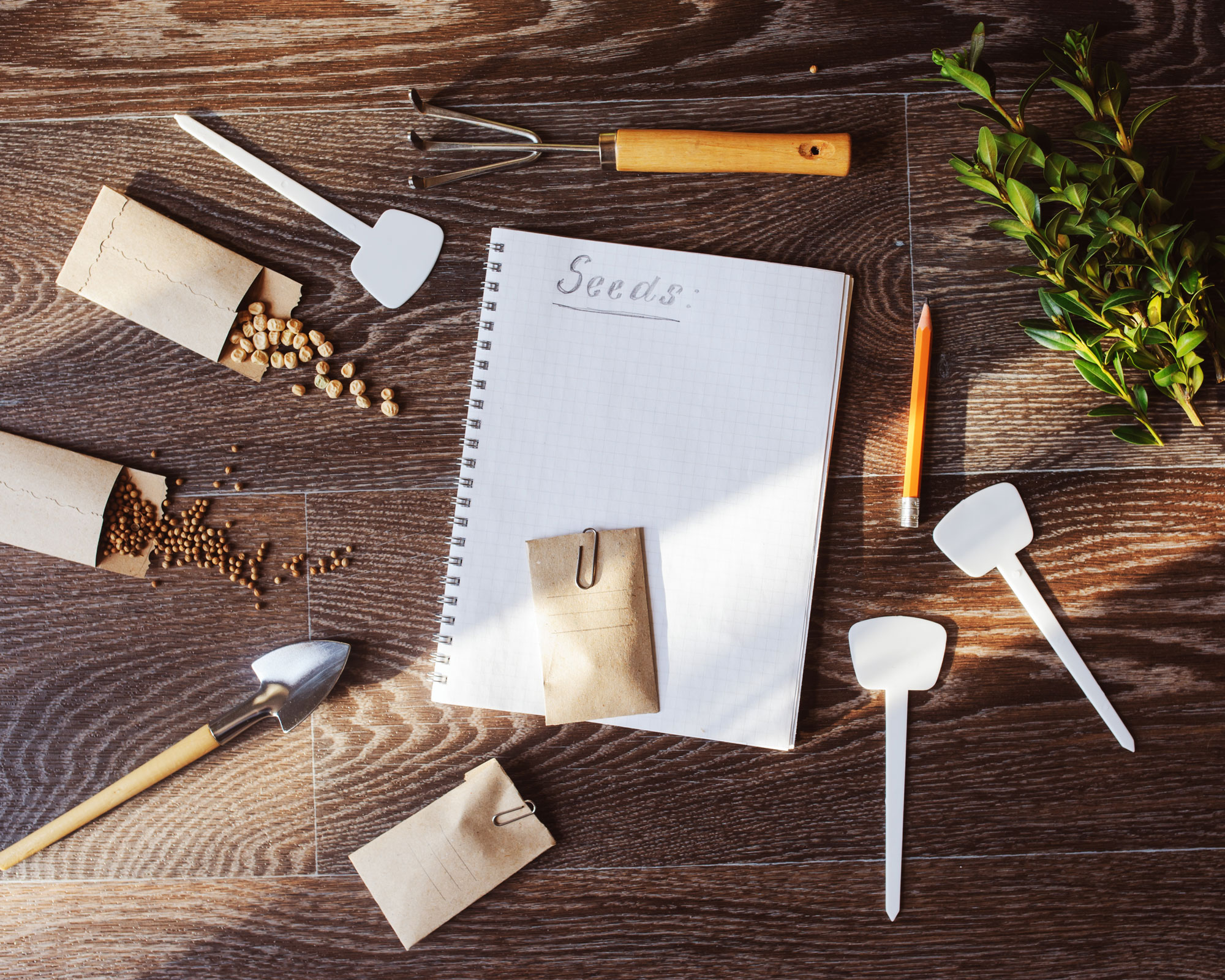
6. Join a local gardening club
As well as free talks and cut price plant sales, local gardening groups, horticultural societies such as the RHS and community gardens are also a good source for getting hold of surplus plants, free cuttings and swapping seeds. If you're new you'll find that everyone will be super helpful and supportive too. Do a general online search or ask around to find one near you.
Most national societies such as those for organic gardening or plant conservation have local branches too, which meet monthly and hold shows and demonstrations, as well as inviting specialists to speak. Membership often brings other benefits too, such as free magazines and discounts on a range of garden-related items.

7. Grow plants from leftovers
Another great way to get free plants is by growing them from leftover vegetables. Using food scraps to grow new plants is also a great way to tackle the issue of food waste. Try sprouting ginger roots and sweet potatoes to get foliage plants too.
Growing ginger in a pot couldn't be easier either with a ginger root from the supermarket. Be sure to choose one with plenty of 'eyes' as these are the pointy new shoots that show the ginger is sprouting. You'll end up with a pretty foliage plant as well as your own supply of fresh ginger.
You can also grow a sweet potato vine in a pot. Grown and cared for like houseplants, these attractive vines add a little something extra to the home or patio, as well as ultimately supplying your own crop.
Spring onions can be grown simply by putting their white root bases in water, while dried out garlic cloves are great for growing into new garlic bulbs. You can also try using fresh cloves, which will actually grow faster. Grow nutritious carrot tops by cutting a section from the top of a carrot and dry it out for a few days, then pot it up. You'll soon be harvesting nutritious carrot tops after a couple of weeks or so.
Meanwhile, stick a mint leaf in water and it will soon sprout a white root too then you can pot it up for a supply of fresh leaves.
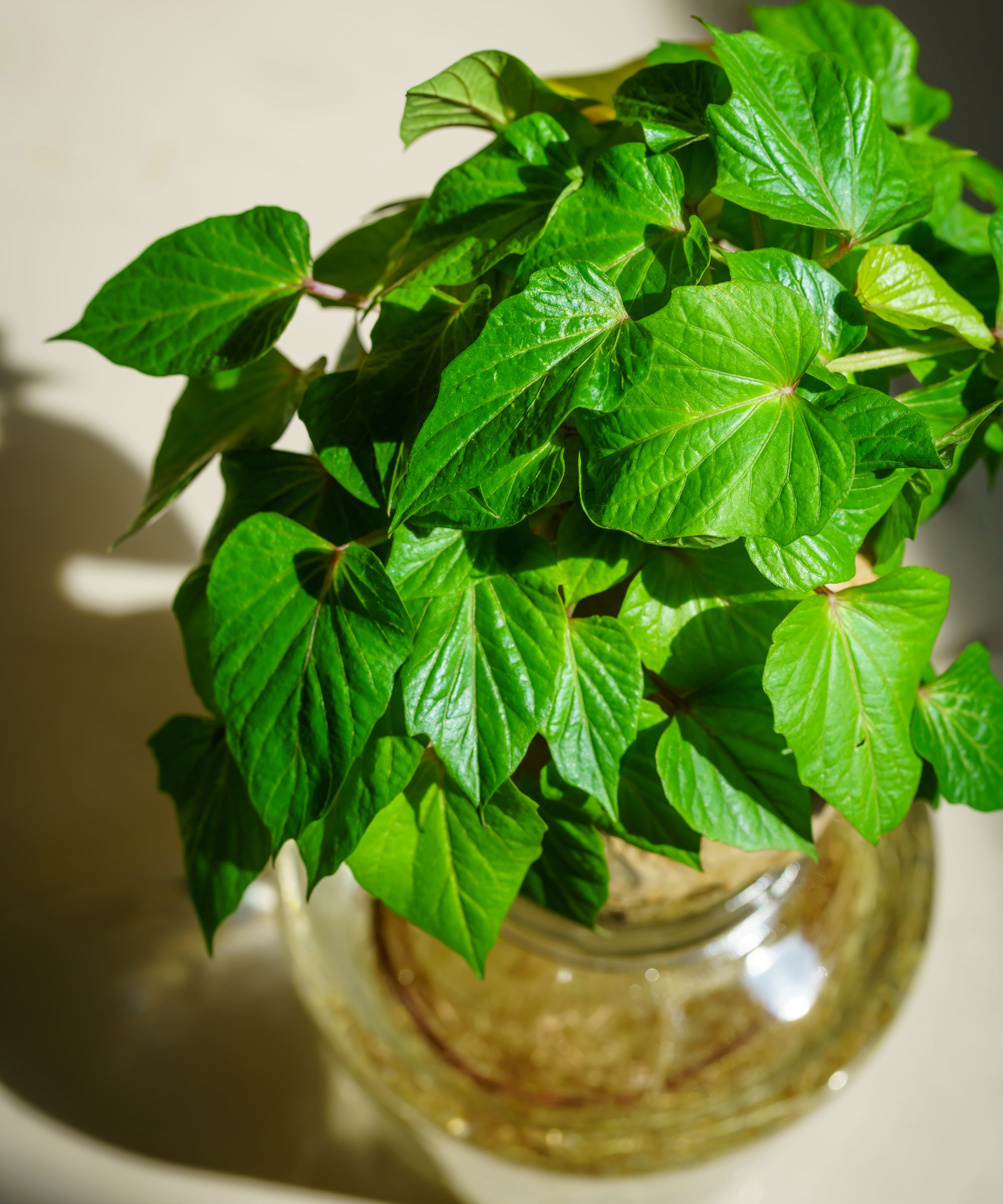
8. Grow plants from food seeds
Many fresh food items have seeds that can be used to grow new plants in your kitchen garden instead of throwing them away. These include tomato, chilli, pumpkin and squash seeds.
They will need to be separated them from any pulpy flesh to reduce the chance of the seed rotting, so dry your seeds by placing them on paper towels for a few days. Then pot up, stick in a sunny spot and water regularly.
Don't throw away those avocado stones either. Find out how to grow an avocado and you'll end up with a beautiful leafy house plant by rooting the stone of a shop-bought avocado. It may even bear fruit eventually if you're lucky.
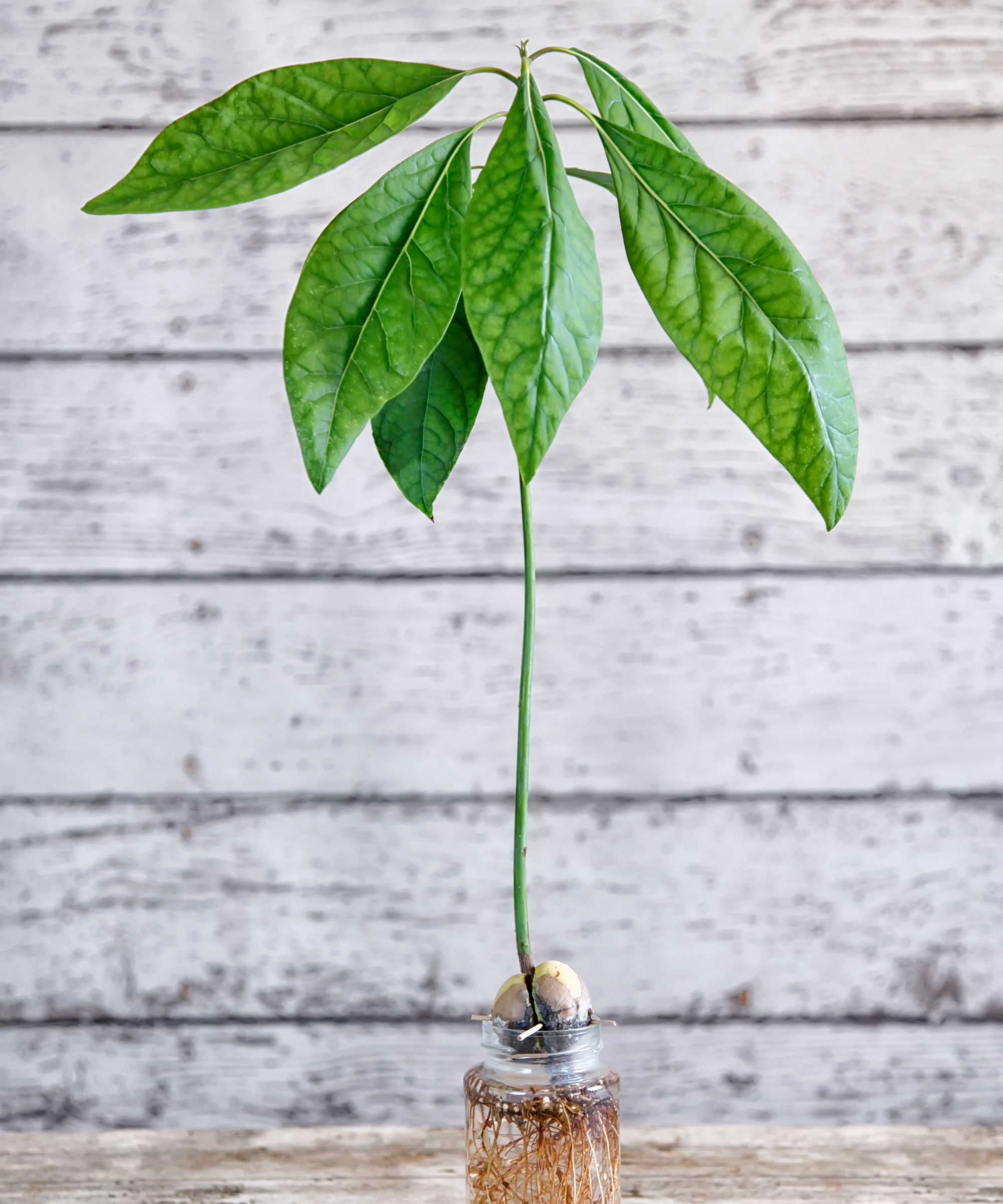
9. Search online for free plants
Do your research online to find plant-swapping groups and individuals who have plants to give away for free. Use the search term 'free plants'. Good forums include CraigsList, Freecycle, Gumtree, Facebook Marketplace and occasionally Instagram.

10. Ask everyone you know
Friends, family, neighbors and work colleagues are all good sources to grow your garden for free. Ask around to see if anyone has any spare plant cuttings, extra plants they don’t need or a stash of unused seeds. Put out a message on social media or your local WhatsApp group and you'll be surprised by the positive response you get.
Check around to see if any neighbors are having their gardens redesigned as they may be dumping plants and shrubs that are no longer needed and can find a new home in your garden.
You can also ask for garden center or nursery gift cards for your birthday - after all it means you will be getting more free plants to incorporate in to your garden design ideas!


Lifestyle journalist Sarah Wilson has been writing about gardens since 2015. She's written for Gardeningetc.com, Livingetc, Homes & Gardens, Easy Gardens and Modern Gardens magazines. Having studied introductory garden and landscape design, she is currently putting the skills learned to good use in her own space where the dream is establishing a cutting garden.
